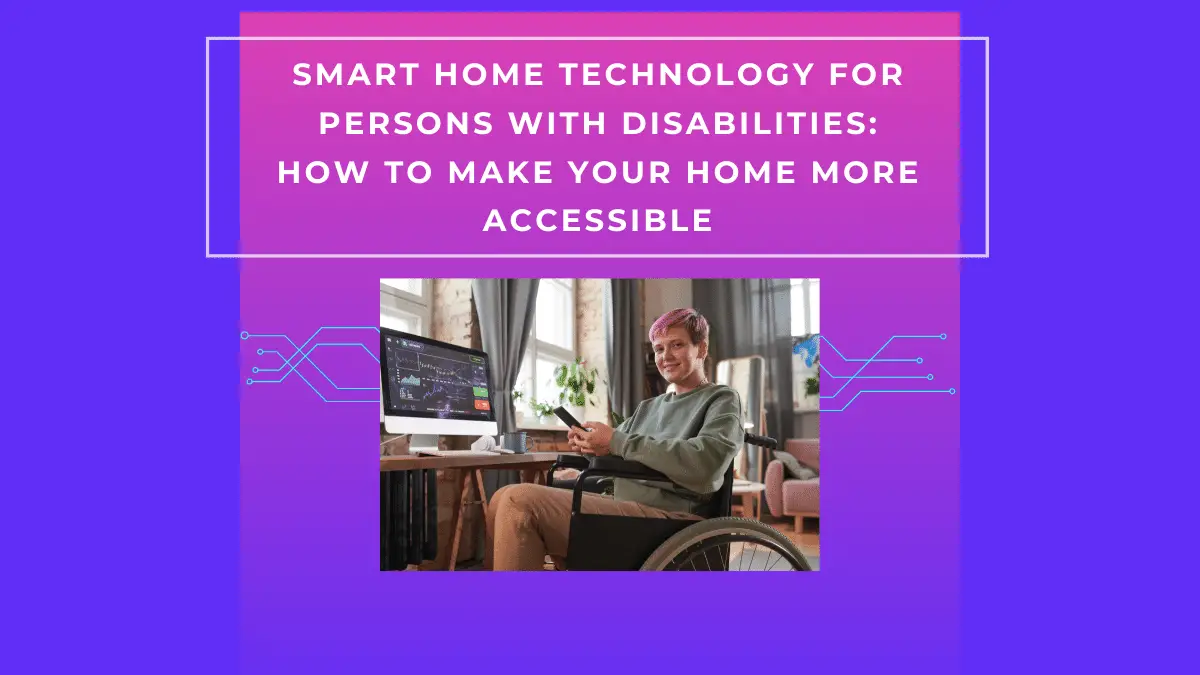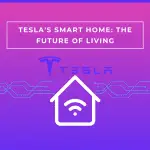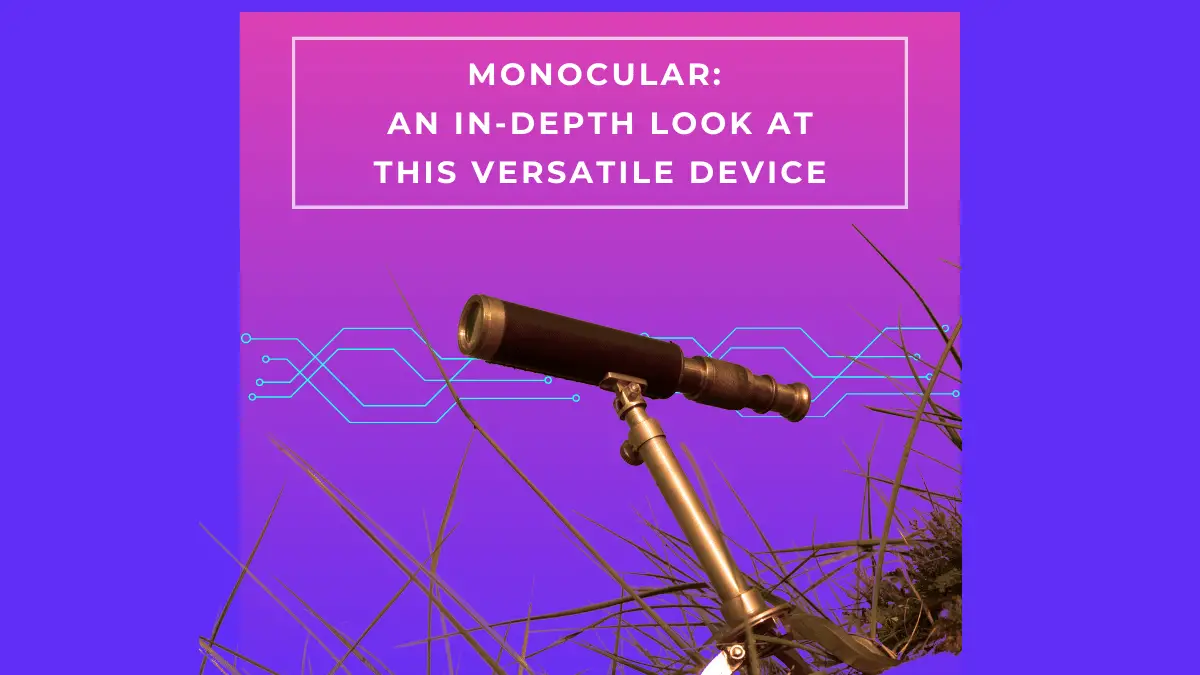More and more people are using smart home technology to make their lives easier. For persons with disabilities, this technology can be a lifesaver. This blog post will discuss some of the best ways to use smart home technology to make your home more accessible. Stay tuned for some great tips!
Many different types of smart home technology are available on the market today. You can use this technology to automate tasks around your home, such as turning on the lights or opening and closing doors. You can also use it to monitor your home for safety or assistance when needed.
Automated Door Opener
One of the best ways to use smart home technology to make your home more accessible is to install an automated door opener. This can be a great help if you have difficulty opening and closing doors. You can also use this technology to monitor your home for intruders or other safety hazards. An automated door opener can also be used to assist when needed, such as in a fire or other emergency.
Smart lights
Another great way to use smart home technology to make your home more accessible is to install smart lights. Smart lights can be controlled remotely, which means you can turn them on and off from anywhere in your home. This can be a great help if you have difficulty reaching light switches. You can also use smart lights to create a safe environment for persons with disabilities, such as by providing extra lighting in areas with low visibility.
Smart thermostat
A smart thermostat can be a great way to make your home more comfortable for persons with disabilities. This type of thermostat can be controlled remotely, so you can adjust the temperature from anywhere in your home. This can be a great help if you have difficulty reaching the thermostat or need to make frequent adjustments. A smart thermostat can also save you money on your energy bill by helping you better regulate your home’s temperature.
Smart Security Cameras
If you are looking for a way to increase the safety of your home, then installing smart security cameras may be the perfect solution. Smart security cameras can be controlled remotely, which means you can monitor your home from anywhere in the world. This can be a great help if you have difficulty keeping an eye on your property. You can also use smart security cameras to deter criminals or to provide evidence in the event of a crime. Unexpected visitors can also be monitored with smart security cameras, which can help if you have persons with disabilities living in your home.
Smart Smoke Detector/Carbon Monoxide Detector
A smart smoke detector or carbon monoxide detector can be a great way to keep your family safe. This type of device can be controlled remotely and send notifications when something is wrong. A smart smoke detector or carbon monoxide detector can also save your life in a fire or other emergency. This is a great option if you are hearing impaired and need to be notified of issues while alone.
Voice Activated Devices
Another great way to use smart home technology to make your life easier is to install a voice-activated assistant like Alexa or Google Home Assistant. This type of technology can control various smart devices around your home, such as your lights or your thermostat. You can also use it to ask questions or make requests.
These are just a few ways you can use smart home technology to make your home more accessible. Stay tuned for more great tips in the future!
If you are looking for ways to make your home more accessible, many options are available. Smart home technology can be a great help. Be sure to explore your options and find the best solution for your needs. You may be surprised at how much this technology can help you!





